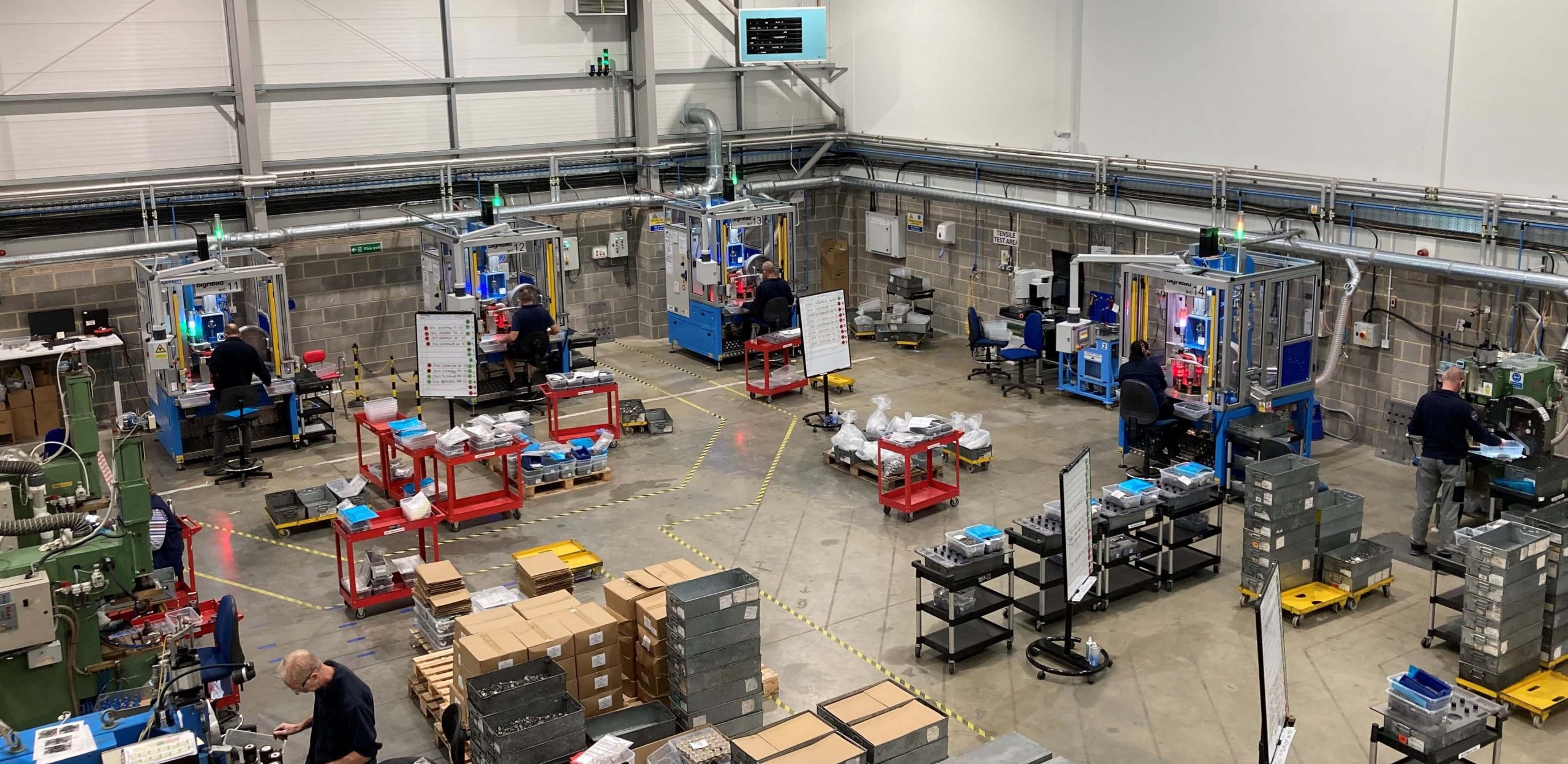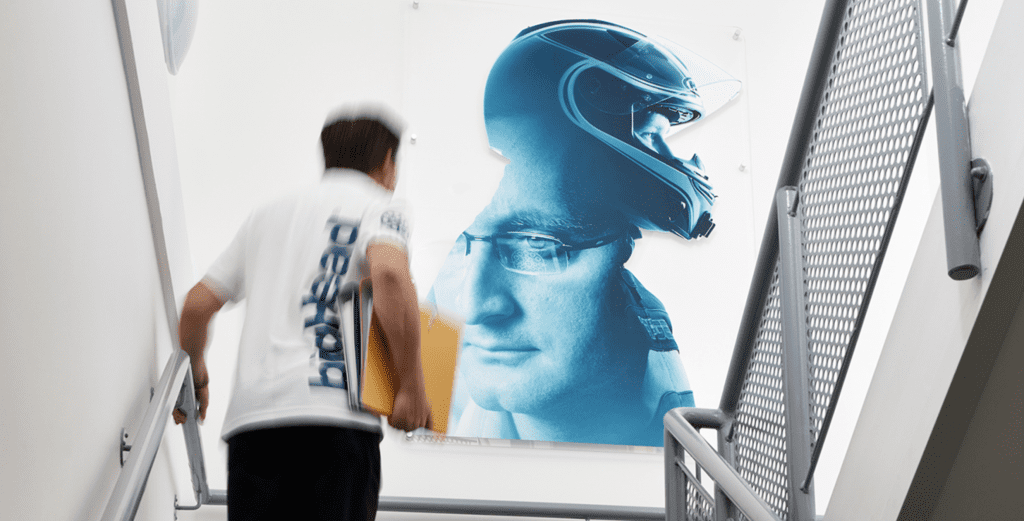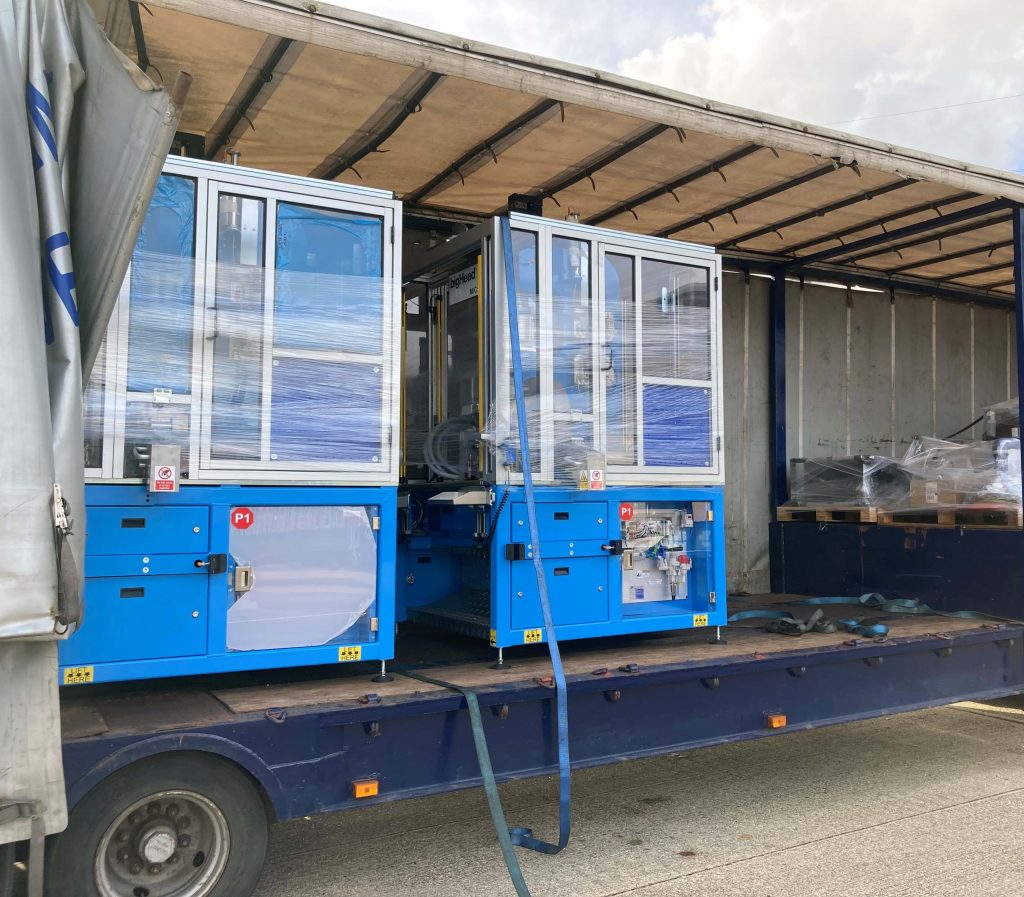
Fastening Points

The merits of a long-term investment strategy
Matt Stevens, CEO bigHead Bonding Fasteners discusses the value of long-term investment in manufacturing.
“It is no secret that UK industry has long suffered from lack of investment with a long-term view. The topic has been one of much concern to commentators for many decades. When the proportion of GDP allocated to fixed investment is measured, the UK still lingers at the bottom of international league tables with comparator countries and is the lowest in 2021 according to the Office for National Statistics.
Distant are the days of the family-owned companies where investment in the business was made as a matter of course, to improve material assets and set in train developments that may take years to mature. Instead, the business plans of the present day are concerned with the next three to five years, with little mention of anything further beyond. Reporting is disproportionately focused on quarterly financial reporting and cash flow rather than productivity. This is most especially evidenced by the rise of private equity (PE) investment, where firms will rarely look to hold those investments for more than five years before selling or ‘exiting’ their stake. The value of thinking and planning in the long term, and of establishing an environment in which a firm can grow and develop, is gradually becoming forgotten.
At bigHead we have experienced both approaches: slow, steady investment leading to the growth of the company over forty years, followed by a nine-year period under private equity management. Then back to private ownership in 2014 when bigHead undertook a management buy-out through Bossard Group, an established family-run company headquartered in Switzerland. This has restored a culture of investment in the fabric of the business, in people, premises and equipment, enabling bigHead to meet and embrace the opportunities of an expanding market. bigHead’s experience is a real-life example of both approaches in a successful UK SME.
Why has short-term planning taken over?
Bank of England economists identified “short-termism” as an issue in the UK over ten years ago. By 2013 a Foresight paper by the Government Office for Science pointed to short-termism as an endemic problem for the UK, with UK businesses becoming culturally conditioned to this principle within business planning.
So why has short-termism become so embedded? It would seem that two major factors are at play – the bonus culture that has grown up so rapidly in the last ten years and the predominance of PE funding.
A growing proportion of executive compensation is now in the form of bonuses, stock options and equity shares. The timeframe over which the qualifying business performance is measured is usually very short – never more than three years. When awards are made, they are most often based on crude financial benchmarks that are open to manipulation. A short-term increase in earnings can easily be provided by management cutting back on research and development expenditure or capital investment.
It has been noted by leading economists that productivity shortfalls amongst the largest advanced economies have, in recent years, been greatest in the US and UK, and that these shortfalls coincide with the proliferating bonus culture in these two countries and the flourishing of share buybacks.
Private equity takeovers now play a significant role in the UK asset management market, which has altered the investment landscape for many SMEs. The transactions are principally financed through debt, which is often collateralised by the target company’s assets and operations. In addition, the target company is often unwilling or unable to take on any more debt to fund future long-term projects within the company. This debt-laden practice is incentivised by the much greater returns available to a fund when financing the deal with borrowed money. Moreover, through a process called dividend recapitalisation, the fund managers can use proceeds of debt financing to pay a dividend to themselves and the stake holders in the fund. This further limits the firm’s ability to invest in assets that will drive productivity.
The bigHead story

bigHead bonding fasteners
bigHead’s own story starts in 1966, when former teacher and entrepreneur Ken Stanley developed the bigHead, a metal fastener with an oversized and perforated head that can be used to join plastic, composite and metal materials. The fastener has a unique feature in that it can be made invisible from the facing edge: once fitted, never seen. A Bentley, for instance, contains 156 BigHead fastenings, and every one of them is invisible.
The firm was run as a private family-owned business for the next 39 years, with capital investment supporting its growth to become a very successful company and well-known in its sector. In 2005, bigHead was acquired by a private equity firm.
I joined bigHead in 2008 and found a company clearly lacking inward investment. The factory building was old with a leaking roof and outdated machinery; bigHead was clearly not thriving under PE management. I made it my objective to return the company to ownership under a firm with financial stability and the vision to take the long view to achieving future success. We were beginning to see strong growth in sales through increased adoption of composite materials as lightweighting became an important issue for reduction in carbon emissions. We needed to service this growth with a new facility and increased investment.
Benefits of a long-term perspective

bigHead state-of-the-art plant
Bossard fitted the bill. The firm is an international fastener technology and logistics company, 180 years old, and still family owned. It has always had an ethos of sustained investment over a long period and provides those benefits to be expected of a family-owned enterprise: committed leadership, stability and long-term goals. In 2014 we undertook a management buyout backed by Bossard, achieving a significant ROI for the exiting investors while setting bigHead on a path of long-term investment and growth.
Immediately this meant that our attention no longer needed to focus on reports and strategies for investors; instead, resources could be concentrated on projects to bring future benefits. A well-managed, intelligently promulgated long-term perspective can be the key to inspiring creativity in strategy development and decision making. It also allows for the incorporation of an environmental, social, governance (ESG) framework into the business strategy, now seen as a vital ingredient of any business.
What this means for bigHead
With the ability to address our long-term future we moved to a new site in Verwood, near Bournemouth, with double the size of our previous facility, and installed our own electricity sub-station to ensure consistent high-level power supply. Serious about the environment, we put in a heat recovery system to minimize gas consumption in the winter.
Our market is growing and changing. The drive toward lightweighting in many industry sectors has led to increased use of composite materials in traditional and new ways. bigHeads are making possible many technological developments in fields such as injection moulding of plastics. New product development also continues apace at bigHead but equally important is process research development, by which I mean bigHead figuring out, for customers, how new materials and their fastenings can be processed. Will the methods be possible with the customer’s existing technology, will this need to be modified, is new technology required? At bigHead we are, with Bossards’s assistance, investing in these areas. We have recently acquired premises for part of our R&D team in the Cranfield Technology Park, close to the University, where we can benefit from and participate in the latest research.

New bigHead machines have arrived
Now, in the last quarter of 2022 we have replaced our forty-year-old manufacturing equipment with new, state-of-the-art machinery. It sometimes seems that UK manufacturing attaches some kudos to keeping aging machinery running, as though it is an achievement over and above spending money on modern equipment; we would prefer to take the latter course. The new machines improve the quality of the technology we use to make our bigHeads meaning that we will need to spend far less time on extra-machining and fettling. We anticipate a 30-40% increase in productivity, hence a very worthwhile investment. Additionally, the new machines give us a platform to scale the business as we meet growing demand beyond Europe, in Asia and USA.
The return of long-term investment?
bigHead’s story makes clear the importance of ownership with long term objectives. This enables us to adapt as our markets adapt, and crucially, to meet emerging market opportunities with confidence. The short period of PE ownership was not a happy one for the business, largely for the reasons I have described. The fact that a great British SME found that its long-term prospects were best secured outside the UK in Switzerland, where long term patient capital is the rule rather than the exception, says a lot about what is wrong with the UK economy.”
